
What is the ecological transition?
Home Summary The ecological transition is a process aimed at transforming our society to reduce its environmental impact. It involves moving from a model based
Reading 8 min
August 19, 2025
This article evaluates the effectiveness of free carbon assessment software for individuals and businesses, highlighting their advantages and limitations. Although they raise awareness and advise on reducing the environmental footprint, they lack functionality, data history and accuracy. In comparison, paid solutions like D-Carbonize offer comprehensive data collection, greater accuracy and expert support to implement GHG emissions reduction strategies.
% of article read
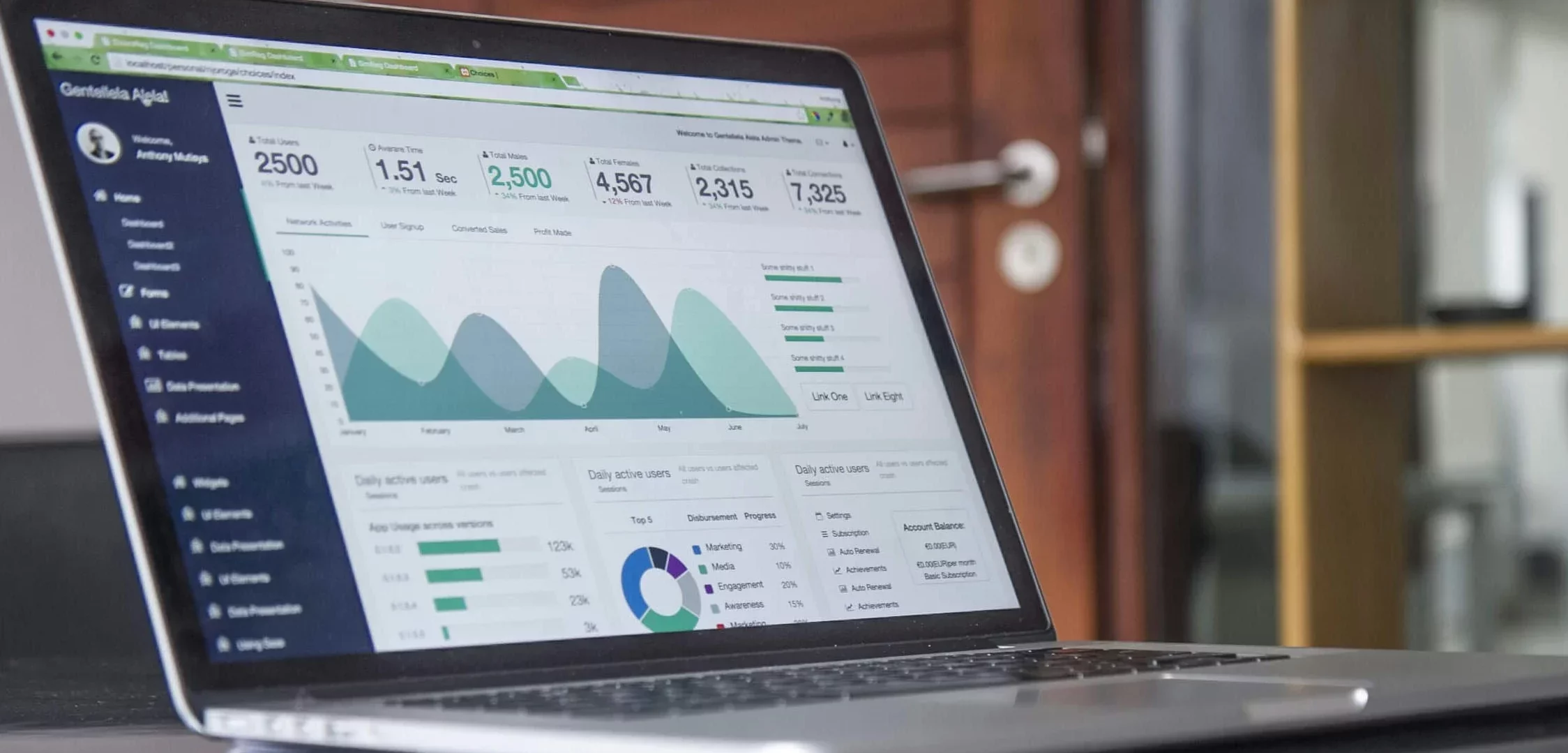
D-Carbonize Carbon Cockpit Scan
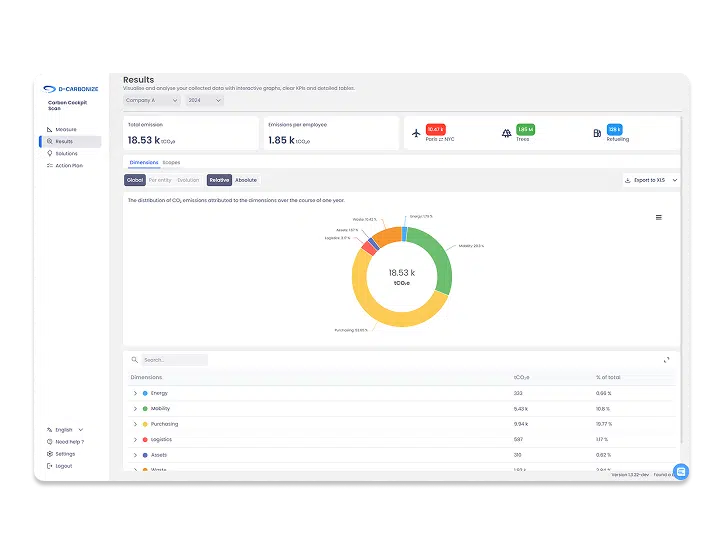
D-Carbonize offers a free version of its Carbon Cockpit Scan software. This software enables you to measure your CO2 emissions quickly (in less than 4 hours) and easily. Thanks to its intuitive interface, it's easy to learn, so you can use it on your own.
Goodplanet carbon calculators
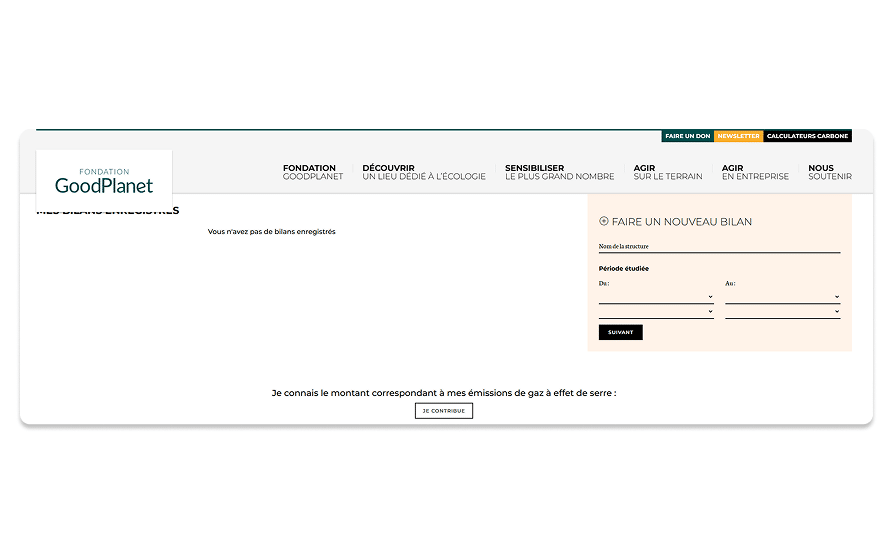
The GoodPlanet Foundation provides individuals and companies with free online tools to help them measure and reduce their impact on the environment. GoodPlanet calculators can track energy consumption, gas emissions, water use and other environmental factors. In just a few simple steps, you can calculate your carbon footprint and start taking steps to reduce it.
Ecotree’s simplified carbon footprint

This free carbon footprint software enables users to instantly calculate their carbon footprint. It offers personalised advice on how to reduce emissions and suggests measures to reduce energy consumption. It’s a free software that makes it easy to calculate your carbon footprint. It is aimed at both individuals and small businesses.
MyClimate calculators
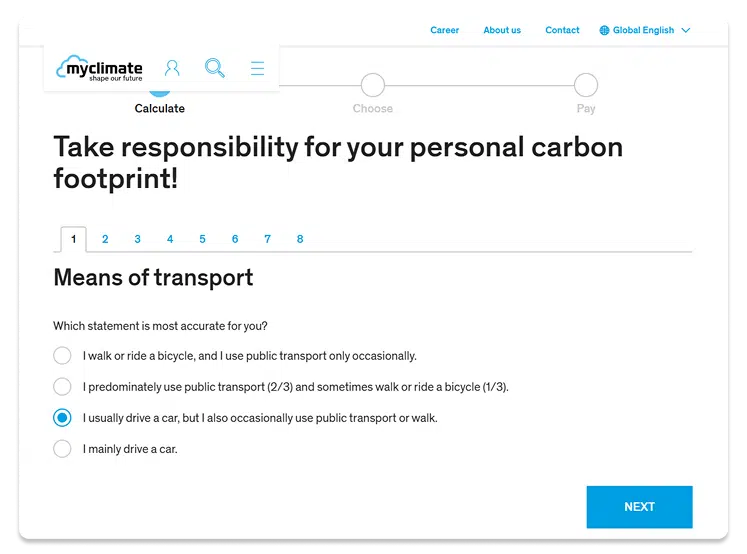
MyClimate is a free online platform that measures greenhouse gas emissions generated by aircrafts, car traffic, housing, work and leisure activities. The tool allows users to compare their current consumption with a hypothetical ‘green’ consumption, enabling them to identify areas where they can make changes to reduce their impact on the environment.
Carbo
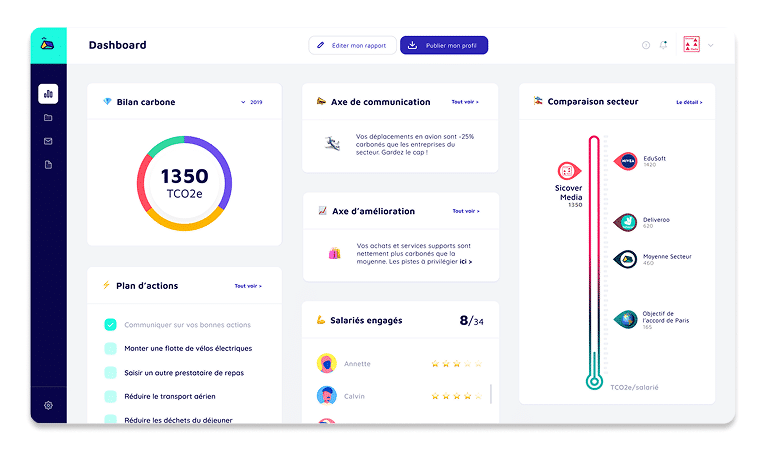
Carbo is a carbon footprint software program that complies with the GHG Protocol and the ABC Carbon Footprint Method. It offers a free version with no credit card required and no time limit. The free version allows you to calculate part of your company's carbon footprint and explore the advanced features of the paid version.
The first step in a carbon footprint assessment is data collection. Good carbon footprint software, even free, should offer a simple and intuitive interface that makes it easy to enter the necessary information: energy consumption, travel, purchases, waste, etc. Some tools offer guided questionnaires or pre-filled forms depending on the sector of activity.
While data import (from Excel or via API) is rare in free versions, it can save considerable time. The goal is to make data collection accessible to everyone, without technical expertise. The more complete the data, the more reliable the emissions calculation will be. This is why the data collection phase is crucial, even with a simplified approach.
Once the data is collected, the software must be able to assess the greenhouse gas emissions generated. To do this, it applies standard emission factors, such as those of ADEME or the GHG Protocol. The best free tools offer an estimate of emissions based on scopes 1 (direct emissions), 2 (purchased energy), and sometimes 3 (indirect emissions from the value chain).
A good carbon footprint software should therefore offer a transparent calculation, with a breakdown by sector (mobility, energy, digital, etc.). This measurement of greenhouse gas emissions forms the basis of an initial environmental assessment and allows for visualization of the main emitting sectors.
The results should be easy to read and interpret, even without carbon accounting expertise. Effective carbon assessment software presents overall emissions in the form of graphs, pie charts, or summary tables. It often provides a summary of total emissions by scope or activity.
Furthermore, some tools allow results to be exported to PDF or Excel, making them easy to share or integrate into an internal report. Clear results are essential to help users quickly understand their carbon situation and identify action priorities to reduce greenhouse gas emissions.
Good carbon assessment software doesn't just measure emissions: it should also offer courses of action. Recommendations can take the form of personalized advice based on the highest-emitting areas: reducing car travel, switching to renewable energy, rethinking purchasing, etc.
Some free carbon assessment software prioritizes these levers according to their potential impact. Others go further by offering reduction simulations to visualize the effect of a given action. These suggestions, even generic ones, allow users and organizations to take concrete action to reduce their environmental impact.
Being able to track the evolution of one's carbon footprint is an important advantage when choosing carbon assessment software. Some free tools allow you to keep a history of previous assessments, which facilitates year-to-year comparisons. Although this feature remains basic, it allows you to visualize progress made and adjust the actions implemented.
Paid solutions generally offer more in-depth monitoring, but for a first approach, the ability to save results over time is a real plus. Indeed, this feature reinforces commitment to a long-term approach.
Finally, the reliability of the results is an essential criterion when choosing a carbon management tool. Free carbon assessment software must be based on a recognized methodology, even if simplified. Using official databases such as those of ADEME or the GHG Protocol is a guarantee of reliability.
Even if reports are not always usable within a regulatory framework, they must at least indicate the assumptions used and the calculation method. This transparency lends credibility to the assessment produced, which is essential for companies wishing to communicate on their environmental impact.
There is a whole range of free carbon footprint tools on the market, each offering different functions.
What’s more, while these tools are effective for measuring and reducing a carbon footprint on an individual scale, they remain limited for companies that have to cover an extremely wide range of data. The involvement of a carbon consultant remains essential for implementing effective strategies within a company.
These free programmes are designed to analyse the environmental impact of different activities, but they generally only provide an overview. They are not as comprehensive or detailed as paid softwares. It can therefore be difficult to obtain an accurate assessment of a company’s overall carbon footprint.
Without historical data, free carbon footprint software does not allow companies to track the evolution of their emissions. Paid solutions, on the other hand, offer the possibility of keeping historical carbon footprints, making it easier to identify areas for improvement year after year.
The granularity of the information provided by free software is often limited, as it only calculates a tiny proportion of the company’s carbon emissions. The simplified carbon footprint assessments generated by free softwares only take certain activities into account. Paid software can cover all scopes (1, 2 and 3).
Non-financial reporting, particularly environmental reporting, is playing an increasingly important role in decision-making, differentiation and employer branding.
D-Carbonize offers a carbon accounting tool in 2 versions:
The D-Carbonize solution adapts to all corporate structures, whatever your reporting needs. It enables greenhouse gas emissions to be broken down by site, entity or country, with detailed tracking by product or service. This flexibility is not possible with free carbon footprint software.
By calling on D-Carbonize, you can be accompanied by carbon experts. They can help companies collect and analyze data and implement a strategy to reduce greenhouse gas emissions.
Explore the carbon footprint concept in depth, or read our comprehensive overview of carbon footprint calculators.
Reduce your company’s carbon footprint with the D-Carbonize experts.

Home Summary The ecological transition is a process aimed at transforming our society to reduce its environmental impact. It involves moving from a model based

Home Summary Grants and subsidies support companies in their ecological transition by reducing the initial costs related to sustainable projects. They promote innovation, the adoption
Contact us to receive a link and schedule your appointment. We’ll answer all of your questions.



Adding {{itemName}} to cart
Added {{itemName}} to cart